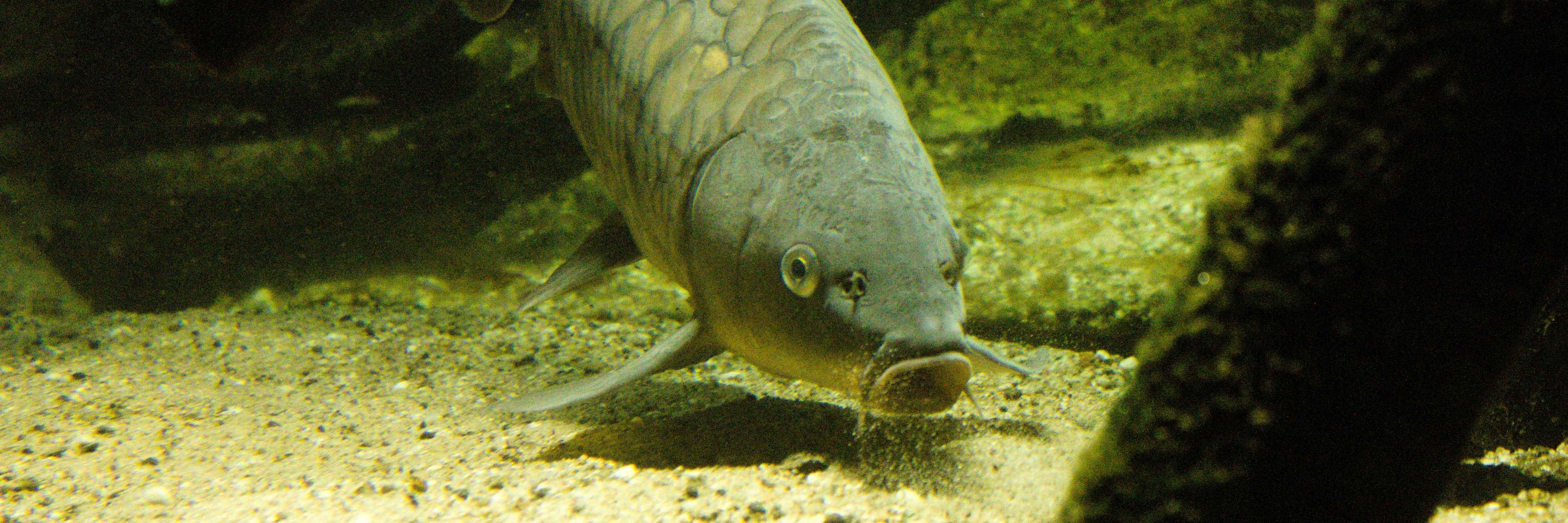
Carlos Cano-Barbacil
@canobarbacil.bsky.social
PhD in #AquaticEcology
Postdoc at #MNCN-CSIC
Freshwater & marine ecology | Fish | Biogeography | Biological invasions | Temporal series
📷 I post wildlife photos on IG: https://www.instagram.com/canobarbacil?igsh=bjl2c251bWpvczBk
Postdoc at #MNCN-CSIC
Freshwater & marine ecology | Fish | Biogeography | Biological invasions | Temporal series
📷 I post wildlife photos on IG: https://www.instagram.com/canobarbacil?igsh=bjl2c251bWpvczBk
Thanks for sharing! 😍🐟
April 7, 2025 at 1:35 PM
Thanks for sharing! 😍🐟
Preventing new introductions of highly invasive species with growing presence in the international pet trade is essential to halt their further spread.
April 7, 2025 at 1:20 PM
Preventing new introductions of highly invasive species with growing presence in the international pet trade is essential to halt their further spread.
Range expansions of both Asian loaches in Europe could lead to an increased distribution overlap with populations of the native M. fossilis, with projections showing P. dabryanus increasing from a current overlap of 0.1% to 4.1% and M. anguillicaudatus from 0.2% to 32.8%.

April 7, 2025 at 1:20 PM
Range expansions of both Asian loaches in Europe could lead to an increased distribution overlap with populations of the native M. fossilis, with projections showing P. dabryanus increasing from a current overlap of 0.1% to 4.1% and M. anguillicaudatus from 0.2% to 32.8%.
Our results indicate that both species could spread globally and become invasive in temperate regions of Europe, North and South America, the south-eastern coast of Australia and Asia.

April 7, 2025 at 1:20 PM
Our results indicate that both species could spread globally and become invasive in temperate regions of Europe, North and South America, the south-eastern coast of Australia and Asia.
For this purpose, we used species distribution models to estimate the potential global environmental suitability for both Asian loaches and to identify key variables determining current distributions.

April 7, 2025 at 1:20 PM
For this purpose, we used species distribution models to estimate the potential global environmental suitability for both Asian loaches and to identify key variables determining current distributions.
In this study, we evaluated the potential of the large-scale loach (Paramisgurnus dabryanus) and the dojo weatherloach (Misgurnus anguillicaudatus) to establish outside their native range, and address potential impacts on the threatened European weatherfish (Misgurnus fossilis).

April 7, 2025 at 1:20 PM
In this study, we evaluated the potential of the large-scale loach (Paramisgurnus dabryanus) and the dojo weatherloach (Misgurnus anguillicaudatus) to establish outside their native range, and address potential impacts on the threatened European weatherfish (Misgurnus fossilis).
The introduction of non-native species is a major driver of biodiversity loss, posing a growing threat to freshwater ecosystems globally. This includes two Asian fish species that have recently been detected outside their native range in Europe, North America and Australia.


April 7, 2025 at 1:20 PM
The introduction of non-native species is a major driver of biodiversity loss, posing a growing threat to freshwater ecosystems globally. This includes two Asian fish species that have recently been detected outside their native range in Europe, North America and Australia.
Gracias!! Claro, cuando te apetezca!! ;)
April 1, 2025 at 7:56 PM
Gracias!! Claro, cuando te apetezca!! ;)

